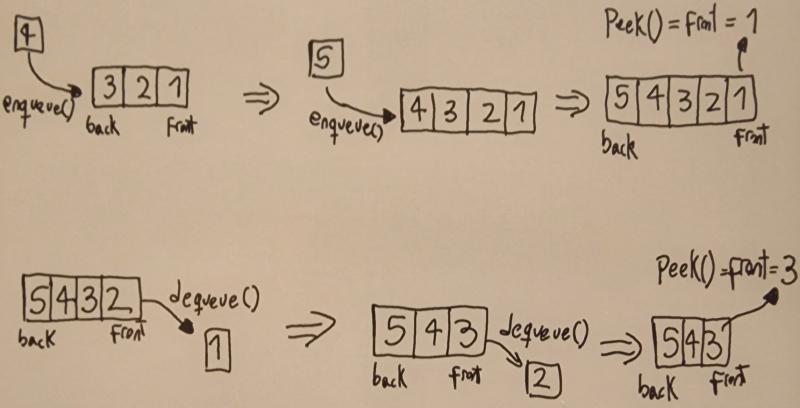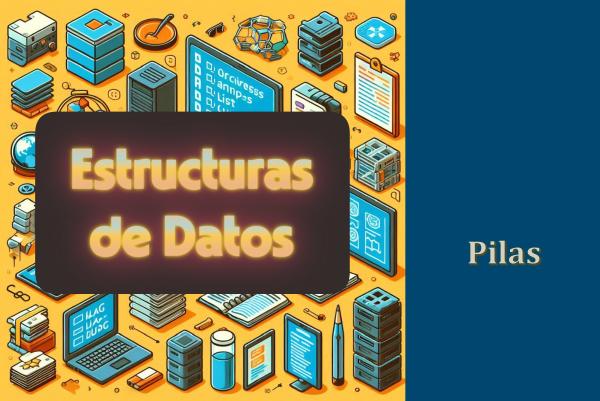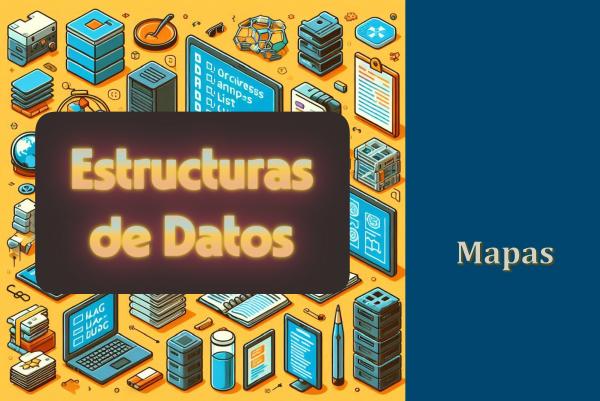La naturaleza FIFO (first in, first out) de las colas se debe a que sólo se puede acceder y manipular el elemento inicial. Cuando se agrega un elemento a la cola se conoce como “enqueue”, mientras que eliminar un elemento se denomina “dequeue”.
Esto hace que el primer elemento en ser añadido a la cola también sea el primero en ser retirado, de ahí su comportamiento FIFO.

Operaciones principales#
Las operaciones básicas de una cola son:
- Enqueue: Agrega un elemento al final de la cola.
- Dequeue: Saca el elemento del frente de la cola.
- Peek: Obtiene el elemento al frente sin sacarlo.
- isEmpty: Consulta si la cola está vacía.
Implementación#
Al igual que las pilas, las colas se pueden implementar usando listas enlazadas. Se agrega al final y se saca del frente manteniendo referencias a ambos extremos.
class Node:
def __init__(self, value):
self.value = value
self.next = None
class Queue:
def __init__(self):
self.front = None
self.end = None
self.size = 0
def enqueue(self, value):
new_node = Node(value)
if self.end is None:
self.end = new_node
self.front = new_node
return
self.end.next = new_node
self.end = new_node
self.size += 1
def dequeue(self):
if self.is_empty():
return None
value = self.front.value
self.front = self.front.next
if self.front is None:
self.end = None
self.size -= 1
return value
def peek(self):
if self.is_empty():
return None
return self.front.value
def is_empty(self):
return self.front is None # Returns true if front is None
def __len__(self):
return self.size
def __str__(self):
values = []
current = self.front
while current:
values.append(str(current.value))
current = current.next
return "\n".join(values)
print("Creating a new queue")
queue = Queue()
print("==========")
print("Check if queue is empty")
print(f"Is queue empty? {queue.is_empty()}")
print("==========")
print("Enqueue three elements")
queue.enqueue("ABC")
queue.enqueue("DEF")
queue.enqueue("GHI")
print("==========")
print("Print queue after enqueuing elements:")
print(queue)
print("==========")
print("Get front element using dequeue")
print(f"queue.dequeue() => {queue.dequeue()}")
print("==========")
print("Print queue after dequeue element:")
print(queue)
print("==========")
print("Print front element using peek")
print(f"queue.peek() => {queue.peek()}")
print("==========")
print("Print queue after peek:")
print(queue)
print("==========")
print("Get front element using dequeue")
print(f"queue.dequeue() => {queue.dequeue()}")
print("==========")
print("Print queue after dequeue element:")
print(queue)
print("==========")
print("Check if queue is empty")
print(f"Is queue empty? {queue.is_empty()}")
print("==========")
print("Get front element using dequeue")
print(f"queue.dequeue() => {queue.dequeue()}")
print("==========")
print("Print queue after dequeue element:")
print(queue)
print("==========")
print("Check if queue is empty")
print(f"Is queue empty? {queue.is_empty()}")
Ejemplos de uso#
Algunos usos comunes de colas:
- Colas de impresión donde primero en entrar, primero en imprimir.
- Colas de tareas en sistemas operativos para orden de ejecución.
- Simulaciones donde se debe respetar orden de llegada como en bancos.
- Canales de mensajes como los de RabbitMQ o Kafka.
- Buffers circulares en audio para streaming.
Conclusión#
Las colas son estructuras versátiles gracias a su principio FIFO. Tener un buen manejo de colas, implementación y aplicaciones reforzará tus habilidades como programador.








